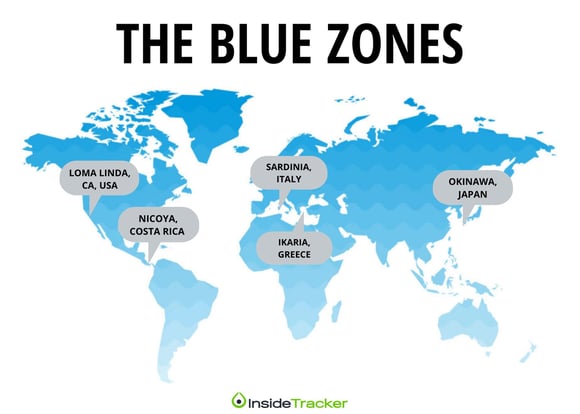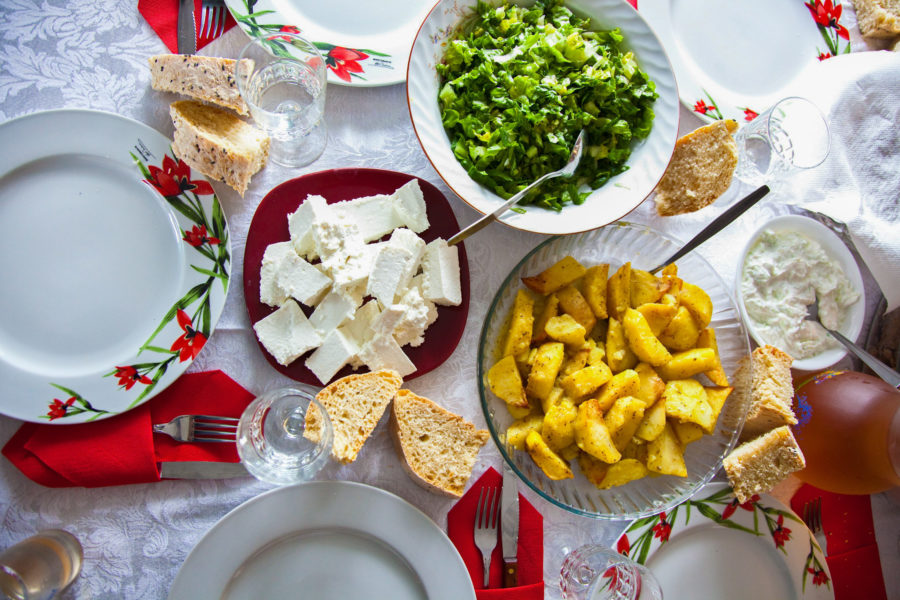The Blue Zones diet-
How to eat like people who live the longest, according to a study released earlier this month.
The following written content by Sara M Moniuszko
A study released earlier this month reported that eating a single hot dog can take 36 minutes off of a human’s life. But what if there was a diet that aimed to add years?

The Blue Zones diet is based on the eating patterns of people living in Blue Zones – the parts of the world where people live the longest.
The diet was pioneered by Dan Buettner, a National Geographic fellow and bestselling author. In a span of about eight years, Buettner and a team of colleagues conducted research and discovered five pockets of the world that exhibited this outstanding longevity: Okinawa, Japan; Sardinia, Italy; Nicoya, Costa Rica; Icaria, Greece and Loma Linda, California.
Through an analysis of these communities’ dietary habits, they found people in these so-called “Blue Zones” were eating a mostly whole food and plant-based diet.

“The Blue Zones diet came along several years after the initial project in really piecing (it) together. If you want to know what 100-year-olds ate to live to be 100… you have to know what they’ve done most of their lives,” Buettner explains.
He’s been personally following the diet for about 10 years.
“I ate basically a standard American diet when I started, but it just became so glaringly clear that this way of eating is is yielding longevity. Also, it’s delicious,” he says.
He’s also gained newfound attention on TikTok for sharing info and tips about the diet. One video, where he talked about meat consumption in the Blue Zones, garnered nearly 200,000 views and more than 25,000 likes.
To skeptics, he says “you can do whatever you want, but the longest-lived people are eating this way.”
What is the Blue Zones diet?
The main pillars of every Blue Zones diet are:
- Whole grains, such as corn, wheat and rice
- Greens
- Tubers like sweet potatoes
- And beans, which Buettner describes as the “cornerstone of the diet.”
People living in the Blue Zones also eat some meat, on average about five times a month and fish once or twice a week. They also have a “little bit of sheep’s milk cheese or goat’s milk cheese, but very little sugar. Probably a quarter of the sugar that we eat, and almost no processed food.”
That also means no processed meats, which the World Health Organization also classifies as carcinogenic. The WHO defines processed meats as those that are “transformed through salting, curing, fermentation, smoking or other processes to enhance flavor or improve preservation.” Examples includes the aforementioned hot dogs as well as sausages, corned beef and beef jerky.
While the Blue Zones diet may consist of less meat and dairy than most Americans are used to eating, Buettner says he wouldn’t call it restrictive. Instead, he calls it putting a “plant slant” on your diet. Read more from USA Today.





